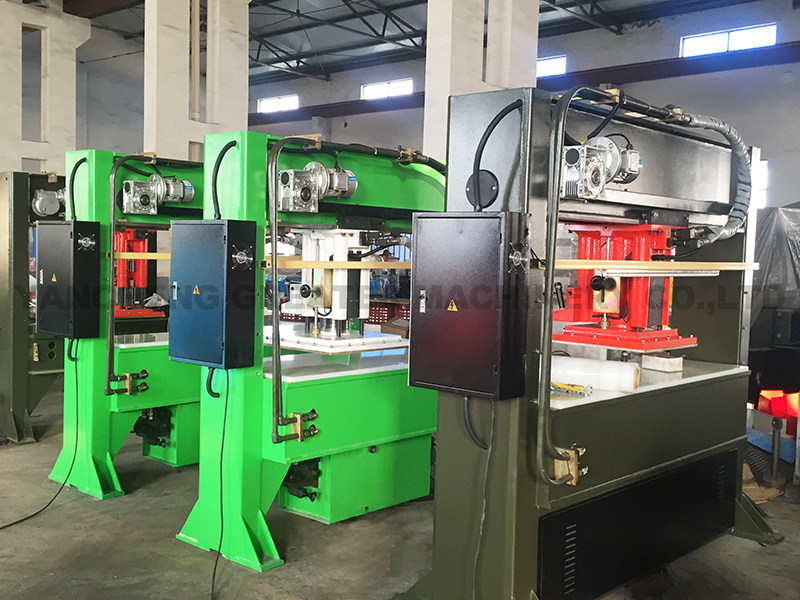What is the maintenance cycle of the fully automatic cutting machine
Fully automatic cutting machines are widely used in industrial production. Regular maintenance is necessary to ensure the normal operation of the equipment and extend its service life. The maintenance cycle of the fully automatic cutting machine is mainly determined by factors such as equipment usage frequency, working environment, and equipment brand. Generally speaking, the maintenance cycle of a fully automatic cutting machine includes three levels: daily maintenance, regular maintenance, and special maintenance.
Daily maintenance is the foundation of fully automatic cutting machine maintenance, which mainly includes the following aspects:
Cleaning equipment: Use a brush or vacuum cleaner to clean the external components of the equipment, including the machine surface, injection area, etc.
Check the wires and wiring terminals: Check if the wires and wiring terminals of the equipment are tight, and if there is any looseness, handle it in a timely manner.
Lubrication equipment: According to the requirements of the equipment manual, lubricate the transmission components of the rocker cutting machine equipment, such as guide rails, sliders, etc.

Check the tool: Check if the tool is worn and replace it in a timely manner.
Check sensors and switches: Check whether the sensors and switches of the equipment are sensitive and reliable. If there are any faults, they should be repaired in a timely manner.
Regular maintenance is a more systematic maintenance of a fully automatic cutting machine, which can generally be determined based on usage time, workload, or equipment manual frequency, usually once every six months or annually. The content of regular maintenance includes:
Equipment cleaning: Conduct equipment cleaning, including internal and external components.
Check the transmission components: Check the tightness of the transmission components, such as the transmission belt, chain, etc. If there is looseness or wear, it should be replaced in a timely manner.
Check electrical components: Check the connection method of electrical components, such as whether the wiring terminals are loose. If there are any problems, they should be dealt with in a timely manner.
Lubrication maintenance: lubricate the transmission components of the equipment, such as replacing lubricating oil.
Check the cutting tool: Replace or grind the cutting tool.
Check sensors and switches: Replace or adjust the sensors and switches.
Special maintenance refers to the maintenance measures taken for fully automatic cutting machines under special circumstances, such as equipment failures, equipment upgrades, etc. The specific content of special maintenance depends on the specific situation, and you can contact the equipment manufacturer or professional maintenance personnel for maintenance.
When maintaining the fully automatic cutting machine, in addition to the above maintenance work, the following aspects need to be noted:
Equipment usage environment: Try to avoid using the equipment in damp, corrosive gases, or high temperature environments, as these factors can affect the normal service life of the equipment.
Equipment maintenance records: It is possible to establish maintenance records for equipment, recording information such as maintenance time, content, and personnel, making it easy to search and analyze in the future.
Feedback on quality issues: Timely provide feedback on equipment quality issues or propose improvement suggestions to the equipment manufacturer, so that the rocker cutting machine can improve product quality.
Personnel training: Provide training to personnel operating fully automatic cutting machines to enable them to use the equipment correctly and carry out basic maintenance work.
In summary, the maintenance cycle of a fully automatic cutting machine can be determined based on factors such as the frequency of equipment use, working environment, and brand of the equipment. It generally includes three levels: daily maintenance, regular maintenance, and special maintenance. Through scientific and reasonable maintenance measures, the normal operation and extension of equipment can be ensured